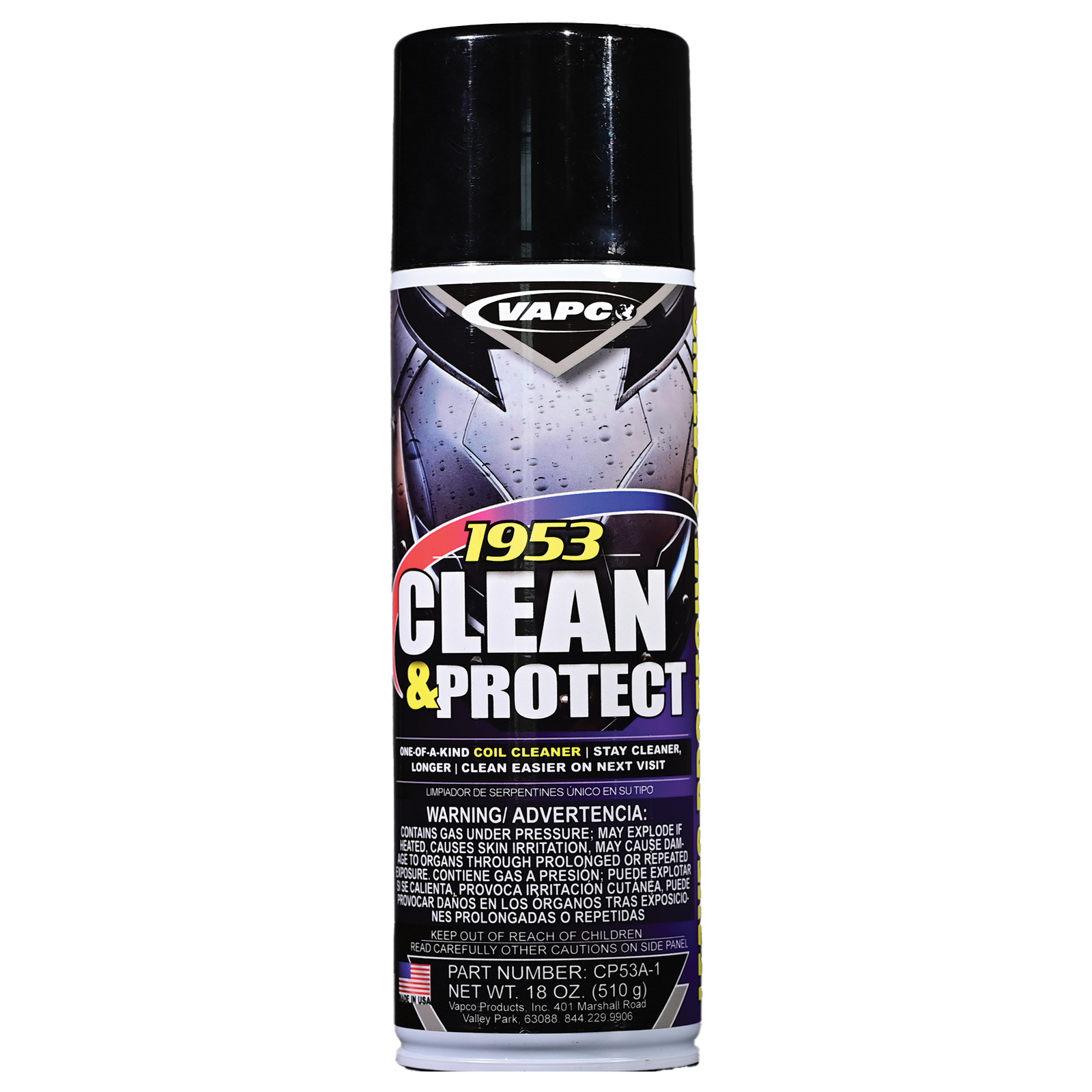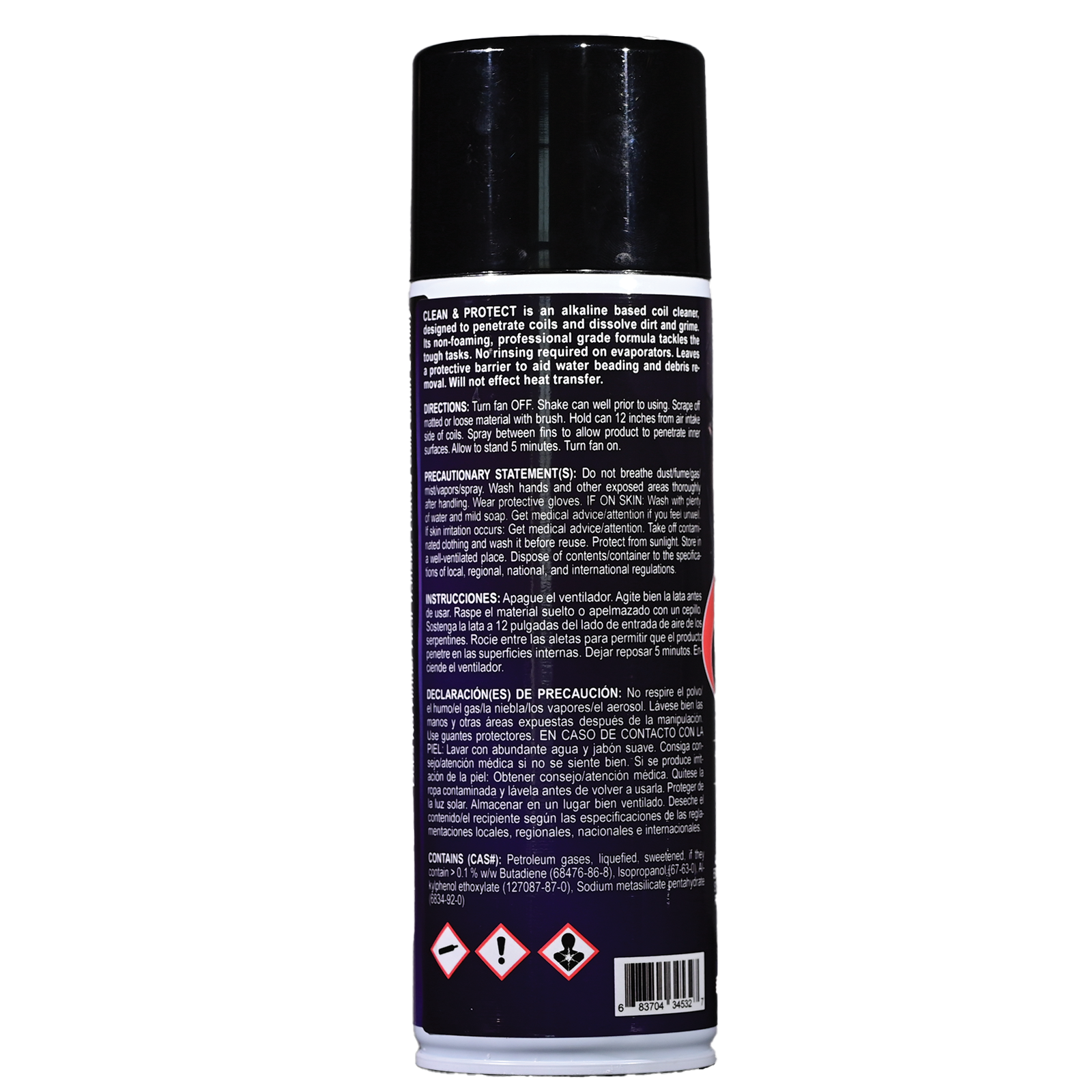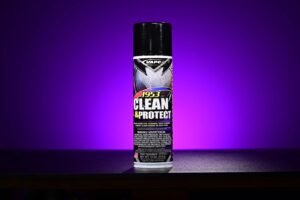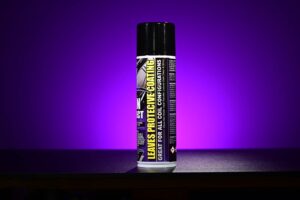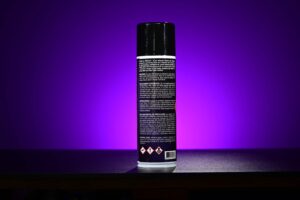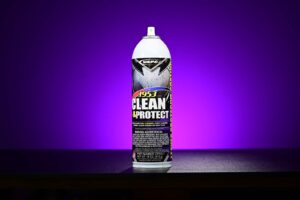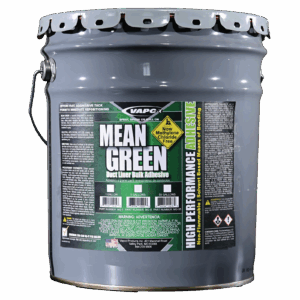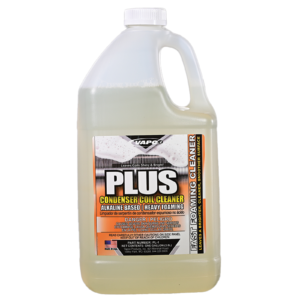1953 CLEAN & PROTECT
Revolutionary Coil Cleaner with Protective Coating
1953 CLEAN & PROTECT is a high-performance liquid coil cleaner designed to enhance evaporator coil efficiency and simplify future maintenance. Its unique formula includes a protective coating that improves water beading, making cleaning easier and more effective.
Key Features and Benefits:
- Impedes Biological Growth: Helps prevent the growth of bacteria and mold in evaporators.
- Easier Cleaning: The protective coating facilitates future cleaning.
- Micro-Thin Barrier: Does not interfere with heat transfer.
- Alkaline Formula: Effectively removes a variety of soils.
1953 CLEAN & PROTECT is a reliable and effective coil cleaning solution that can be used to improve the performance and efficiency of HVAC systems. Its innovative formula and long-lasting benefits make it an ideal choice for professionals and homeowners alike.
Part Number; Size
- CP53A-1 / 18 oz aerosol 6/cs
DIRECTIONS:
Effective Coil Cleaning in a Few Simple Steps
- Power Off: Turn off the HVAC system.
- Prepare Coil: Scrape off any matted or loose material using a brush.
- Shake Can: Shake the can vigorously before use.
- Spray from Distance: Hold the can 12 inches from the air intake side of the coils.
- Target Fins: Spray between the fins to allow the product to penetrate.
- Allow to Sit: Let the product sit for 5 minutes.
- Power On: Turn the fan back on.
By following these steps, you can effectively clean your HVAC coils and improve system performance.
PRECAUTIONARY STATEMENT(S): Keep away from heat/sparks/open flames/hot surfaces. No smoking. Do not spray on an open flame or other ignition source. Pressurized container: do not pierce or burn, even after use. Do not breathe dust/fume/gas/mist/vapors/spray. Wash hands and other exposed areas thoroughly after handling. Wear protective gloves/protective clothing/eye protection/face protection. IF SWALLOWED: Rinse mouth. Do NOT induce vomiting. Call a POISON CENTER/doctor. IF ON SKIN (or hair): Take off immediately all contaminated clothing. Rinse skin with water/shower. IF INHALED: Remove person to fresh air and keep comfortable for breathing. IF IN EYES: Rinse cautiously with water for several minutes. Remove contact lenses if present and easy to do. Continue rinsing. Immediately call a POISON CENTER/doctor if exposed or concerned. Get medical advice/attention if you feel unwell. Protect from sunlight. Do not expose to temperatures exceeding 50 °C/122 OF. Dispose of contents/container to the specifications of local, regional, national, and international regulations.

